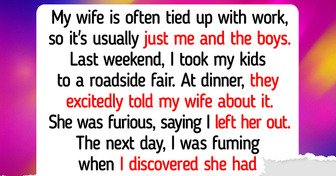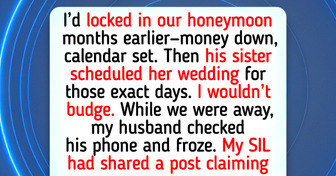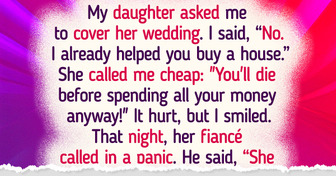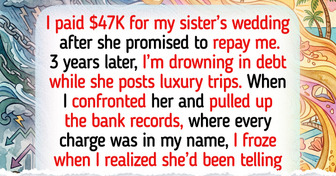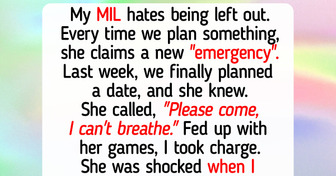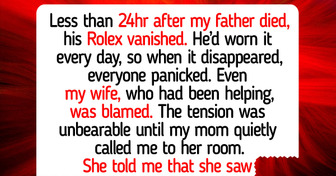Lizzo Flaunts Major Transformation, but Fans Are Worried

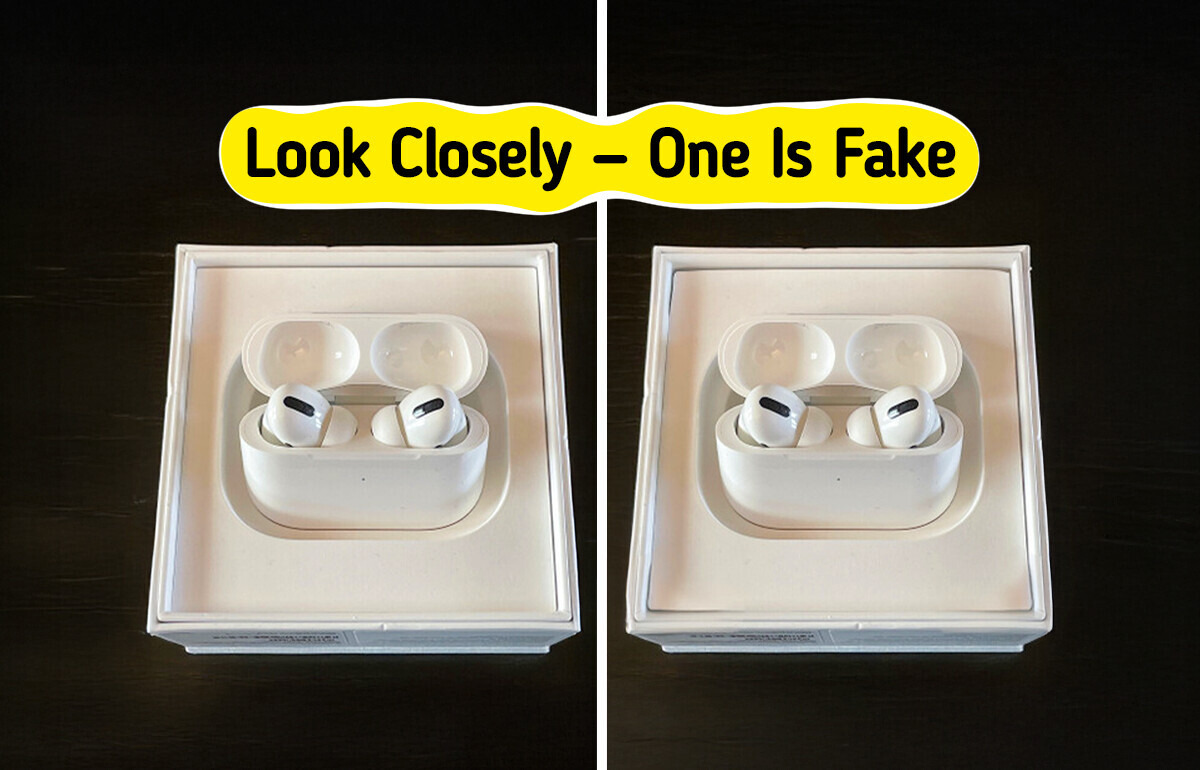
In today’s world of clever counterfeits and fast-paced online shopping, spotting fake products has become more difficult than ever. From near-perfect packaging to forged authenticity tags, knock-offs are getting more sophisticated. With some replicas mimicking the real thing almost flawlessly, even savvy shoppers can be fooled—unless they know exactly what to look for.
Think you’ve got a sharp eye for spotting the real deal? Let’s put your instincts to the test. We’ve prepared a short quiz with side-by-side comparisons of real and fake items. Some differences are obvious—others are nearly impossible to catch.
Ready to see how well you can tell them apart? Let’s begin!
Here’s how it works: You’ll see side-by-side images of two similar products—one real, one fake. Take your best guess and tap on the image, which will flip to reveal the answer. Let’s see how many you can get right!
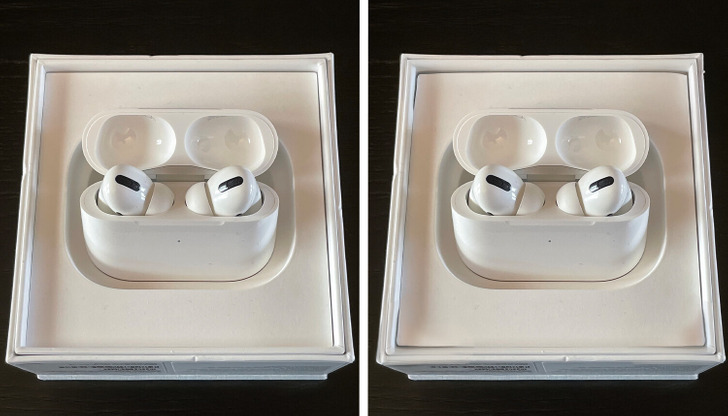
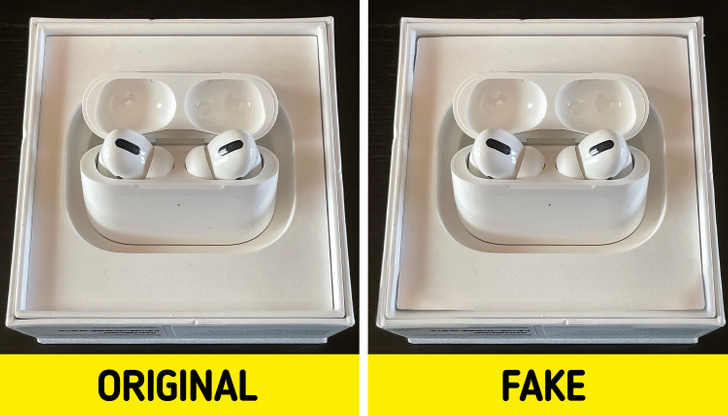
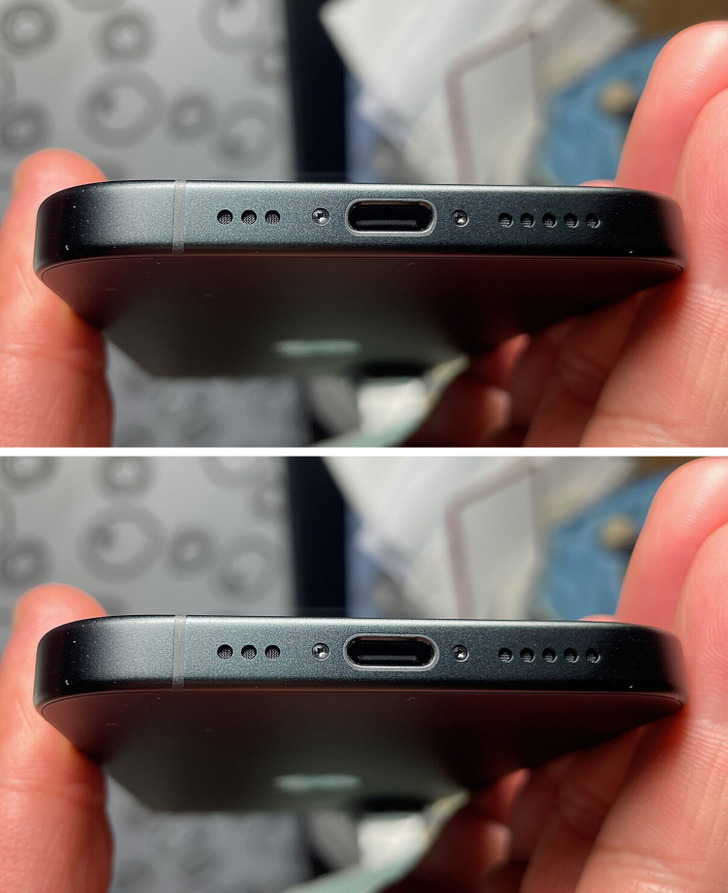
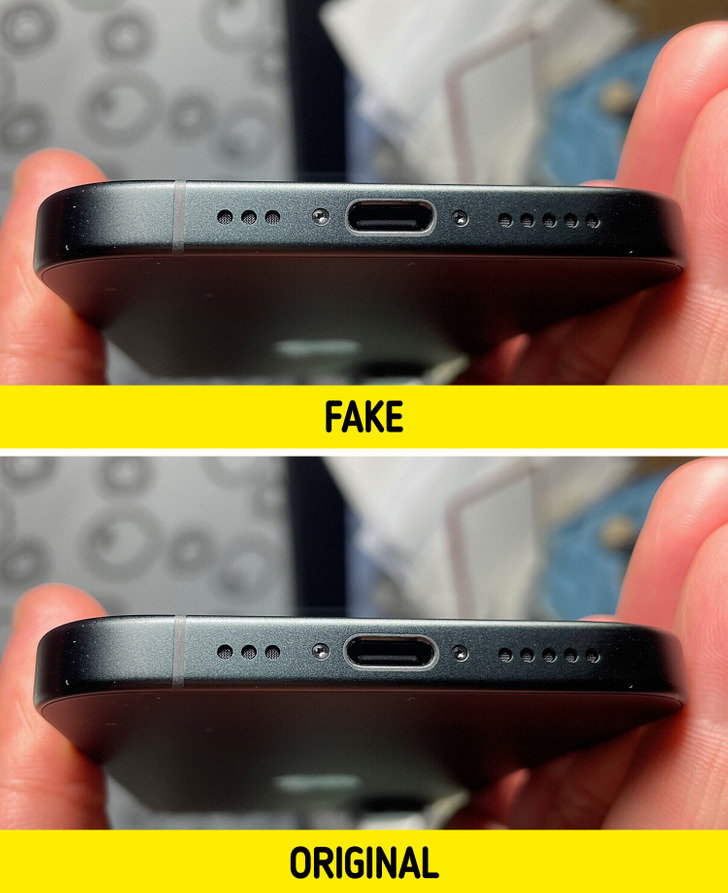
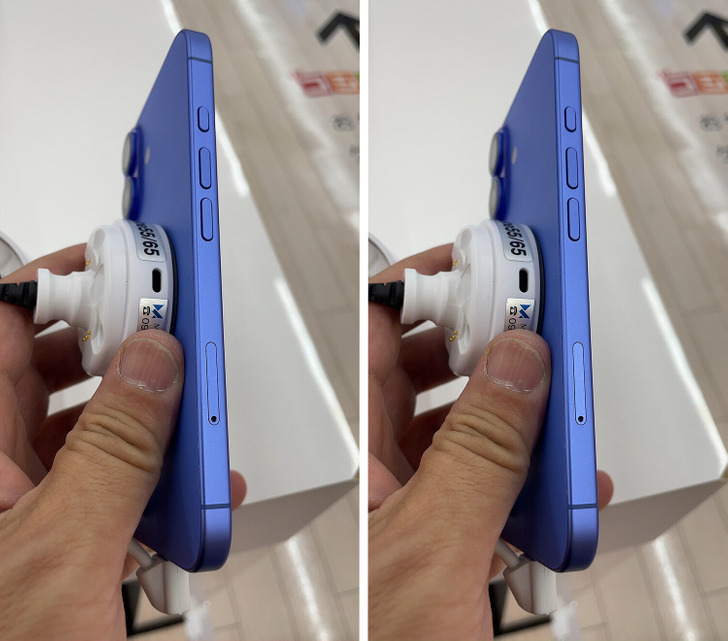
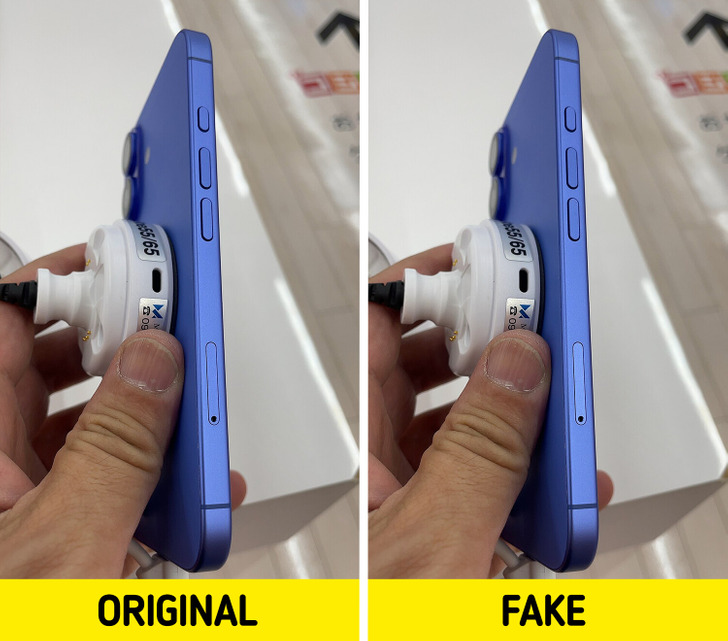
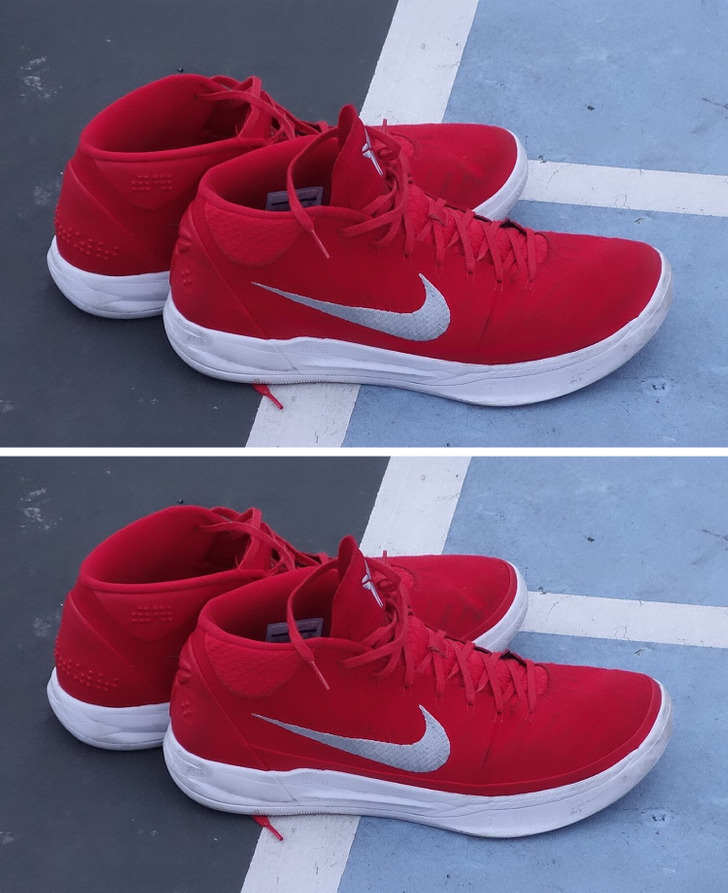
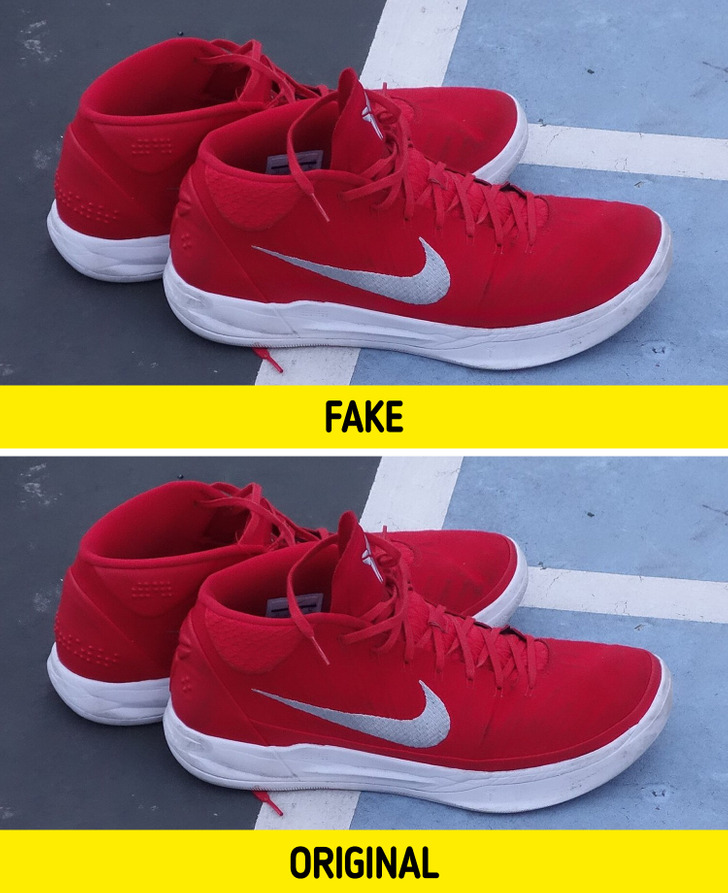
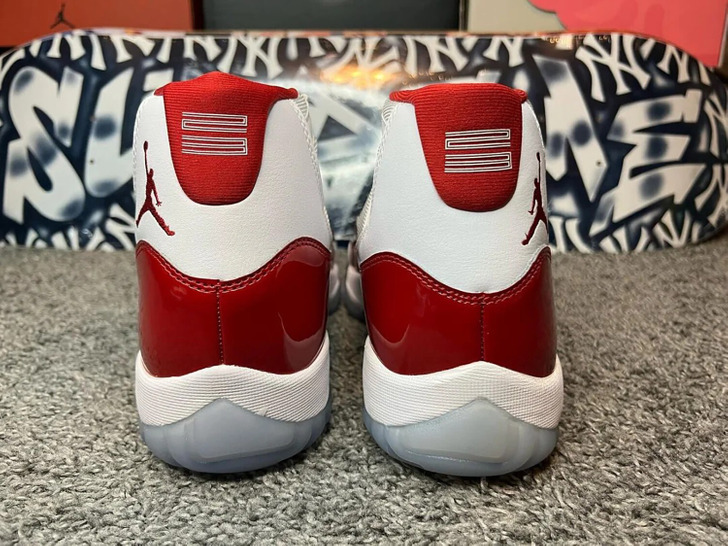
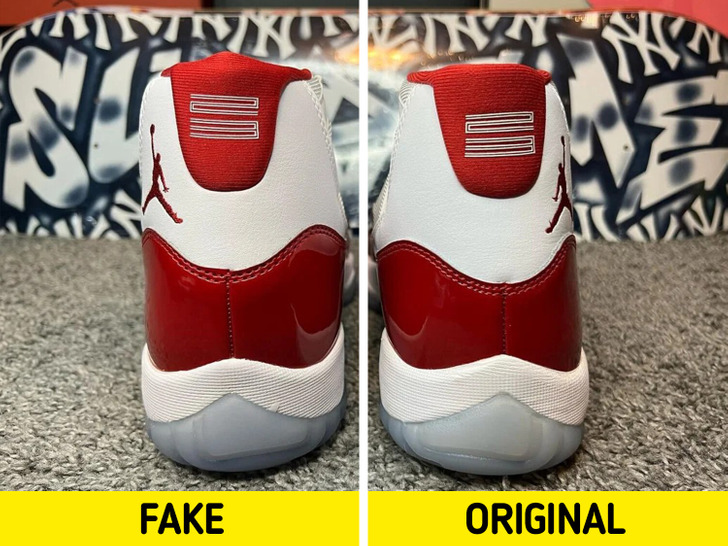
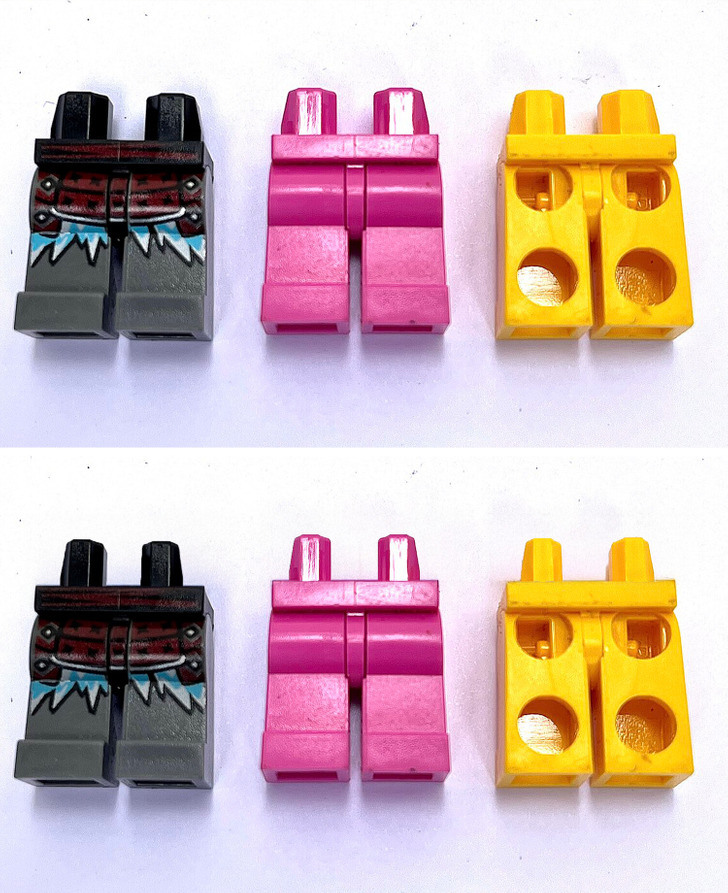
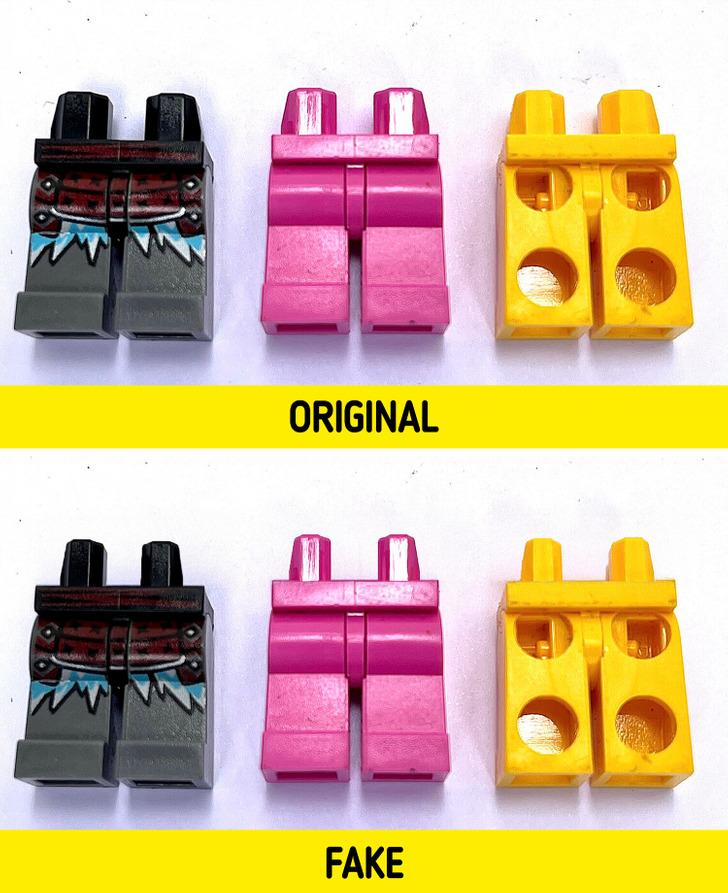
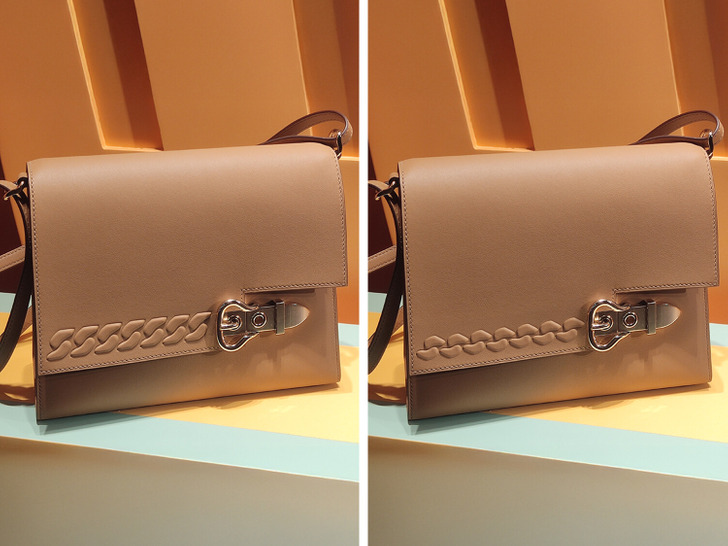
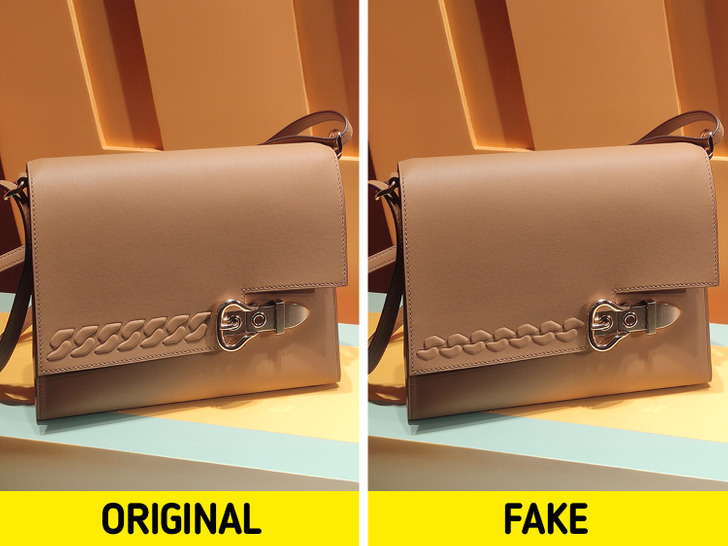
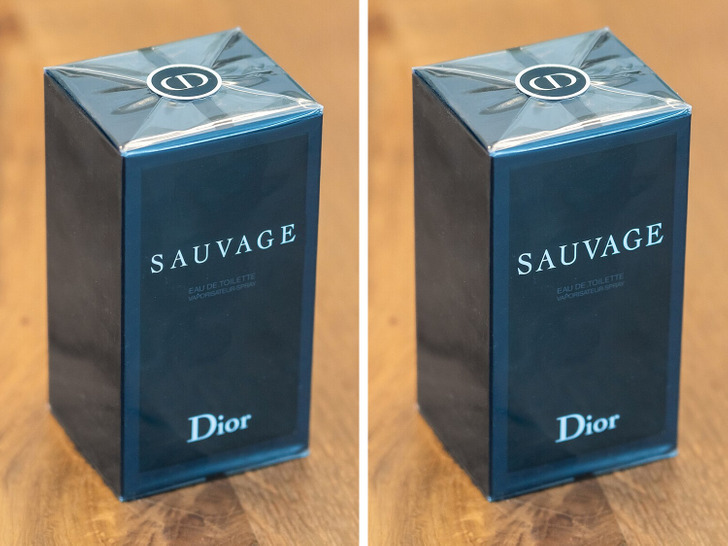
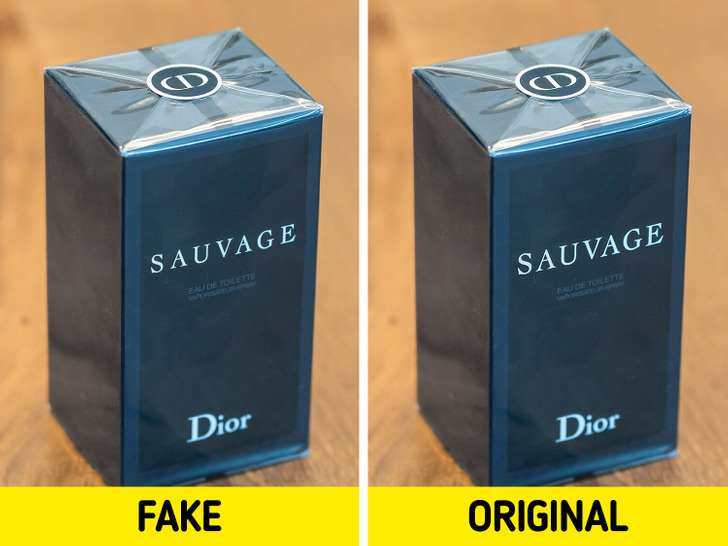
Round 1: Fake Apple Airpods and iPhone 16
Round 2: Fake Nike Jordan and Kobe Sneakers
Round 3: Fake Big Brands — LEGO, Hermes, Dior
Spotting fake products can be tricky, but there are a few telltale signs that can help you separate the genuine from the knock-off. First, always examine the packaging. Authentic brands pay close attention to details—labels are crisp, colors are consistent, and there are no spelling errors. Fakes often cut corners, using flimsy materials or sloppy printing.
Next, check the quality of materials and craftsmanship. Whether it’s a handbag, sneakers, or electronics, the original will usually feel sturdier, look cleaner, and function more smoothly than a counterfeit. Seams, stitching, logos, and finishes are all great indicators—any uneven lines or misaligned branding is a red flag.
Serial numbers, holograms, and authenticity tags are also useful clues. Many brands include these to help customers verify their purchase. If these features are missing—or don’t match what the brand typically uses—it’s likely a fake.
Lastly, if the deal seems too good to be true, it probably is. Extremely low prices, shady websites, or sellers with vague contact info should raise your suspicion. When in doubt, buy directly from the brand or a trusted retailer.
Remember, fakes are getting better—but so can your ability to spot them with a little practice and attention to detail.
Counterfeit items often give themselves away through subtle, yet consistent, flaws. One common giveaway is scent—yes, really. Perfumes and cosmetics, for example, may smell off or overly chemical because counterfeiters use cheaper ingredients that don’t match the brand’s formula. Similarly, fake leather bags may have a strong plastic odor instead of the rich, earthy scent of real leather.
Another red flag is inconsistent sizing or proportions. Fake sneakers might be bulkier or narrower than the real thing, with soles that don’t match the official model’s shape. Watches are also a hot target—counterfeit versions often have lighter weight, ticking hands instead of smooth movement (in automatics), or incorrect logo placement.
Logos and fonts are frequently misused. On fake electronics, like headphones or smartphones, the logo might be slightly off in spacing or shade. A great example is the Apple logo on counterfeit AirPods—it’s often misaligned, too shiny, or missing altogether from places it should be.
Barcodes and QR codes may be printed but non-functional. Scan them, and they often lead nowhere—or worse, to scam websites. Even the user manual can offer clues: if it’s poorly translated, full of typos, or feels like it was printed at home, that’s a major warning sign.
Spotting fake products isn’t just about saving face—it’s about protecting your wallet, your safety, and even the economy. The global counterfeit market is massive, with estimates placing its value at over $500 billion annually. That means around 10% of all branded items sold worldwide are actually fakes. It’s not just luxury handbags or sneakers, either—everything from electronics to cosmetics and even baby products can be counterfeited.
Consumers collectively lose billions of dollars each year by unknowingly buying fake goods. These items often break easily, don’t perform as promised, or can even pose health risks—especially in the case of skincare, supplements, or faulty electronics. What looks like a bargain can quickly turn into wasted money or worse.
Beyond personal loss, counterfeiting has wider consequences. It undermines legitimate businesses, damages brand reputations, and can fund illegal operations. Jobs are lost, innovation is stifled, and governments miss out on tax revenue. Even worse, some counterfeit operations have been linked to organized crime.
By learning to spot fakes and making informed purchases, you’re not only protecting yourself—you’re also pushing back against a global black market that thrives on deception. Every smart choice counts.
In a world where counterfeit products are becoming more convincing by the day, being a smart shopper takes more than just a quick glance. As we’ve seen, everything from packaging flaws to strange smells and off-brand details can be subtle hints that something isn’t quite right. And while spotting a fake might seem like a game, the impact is anything but trivial.
Counterfeits make up a staggering portion of the global market, costing consumers billions and putting lives at risk through substandard materials and potentially dangerous substitutes. The consequences extend far beyond a faulty handbag or a pair of poorly made shoes—entire industries suffer, jobs are affected, and the money often fuels criminal networks.
But the good news? With the right knowledge, you can outsmart even the most convincing knock-offs. By paying close attention to quality, branding, and seller credibility, you can protect yourself and make sure your money supports the real deal—not a fake.
So whether you aced the quiz or got a few surprises, you’re now better equipped to spot the signs. Next time you shop, trust your instincts—and your new know-how. It’s not just about buying smarter, it’s about making a difference.

